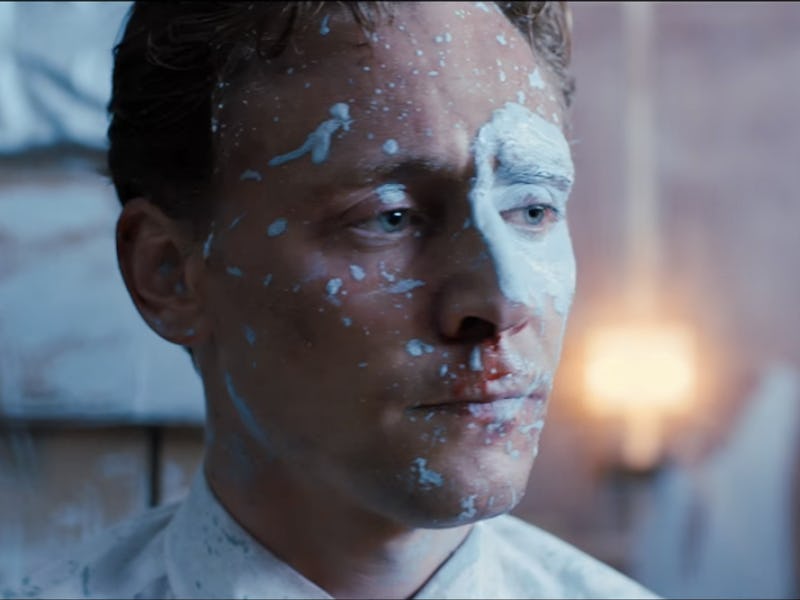New 'High-Rise' Trailer Is All About Class Warfare
Director Ben Wheatley's new film shows you how the high life isn't all it's cracked up to be.

The teaser trailer for British director Ben Wheatley’s newest film, High-Rise, was intentionally abstract. With its glimpses at the titular modernist building, Tom Hiddleston’s character allegedly enjoying a few of the finer things in life, and the gorgeously retro borrowed score by Tangerine Dream, it put viewers right in the middle of Wheatley’s controlled chaos without really getting around to explaining what the movie is actually about. Now, a new trailer for the movie’s UK release gives us some more plot to chew on.
Like Snowpiercer before Snowpiercer, High-Rise is based on author J.G. Ballard’s 1975 sci-fi satire novel of the same name about the mounting class differences between various tenants of a newly built luxury tower block in London. The film stars Hiddleston, as well as Jeremy Irons as the architect who built the tower, and Sienna Miller, Luke Evans, Elisabeth Moss, and more as the weary residents.
Wheatley’s films are clever because they usually subvert expectations. They end in a completely opposite way from how they began, which is exactly what High-Rise looks to do.
Check out the trailer below:
“How’s the high life?” Someone asks Hiddleston’s character. “Prone to fits of mania, narcissism, and power failure,” he replies. That’s basically all you need to know. That and Moss’ stressed out and desperate wife character pleading, “Things would be better, if we could afford to move to a higher floor.”
Check out the film’s new poster, as well:
The movie will get a UK release in March before hitting American theaters in April. If you you still haven’t gotten a sense of the anarchy that’s afoot in Wheatley’s movie from the trailer, just wait till you get to the end of the following synopsis:
“1975. Two miles west of London, Dr. Robert Laing moves into his new apartment seeking soulless anonymity, only to find that the building’s residents have no intention of leaving him alone. Resigned to the complex social dynamics unfolding around him, Laing bites the bullet and becomes neighbourly. As he struggles to establish his position, Laing’s good manners and sanity disintegrate along with the building. The lights go out and the lifts fail but the party goes on. People are the problem. Booze is the currency. Sex is the panacea. Only much later, as he sits on his balcony eating the architect’s dog, does Dr. Robert Laing finally feel at home. …”